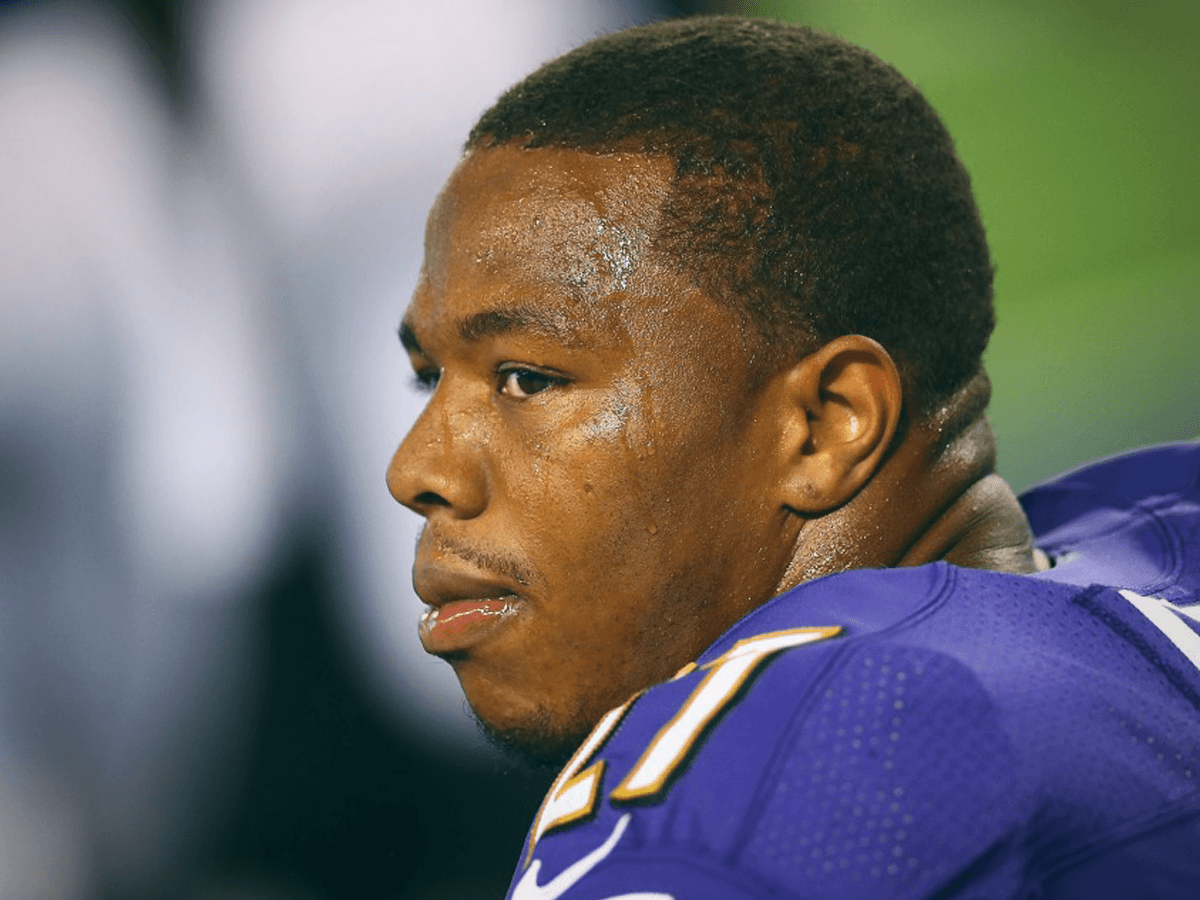

TMZ shook the sports world last week when it released a video of football player Ray Rice striking his then-fiancée in the face, knocking her unconscious. The filmed incident occurred back in February of this year. Why then did the headline-grabbing media flurry only begin two weeks ago, a full six months after the original assault?
In March, all of the facts in the case were known. A security tape showing Rice and his fiancée arguing as they entered the elevator was widely available, as was one showing him dragging her limp body out of the elevator. Nobody, including Rice, disputes what took place in between the two tapes. Nevertheless, there was little consequence to Rice on a professional or personal level at the time. Fans remained loyal; Rice’s job remained secure.
However, on September 8th, the footage from inside the elevator, showing the punch itself was released to the public. The outrage was immediate, culminating in Rice’s suspension and release from the Baltimore Ravens. The new tape contained no new information; it was entirely consistent with every account of the event. Why, then, did seeing the punch evoke wildly different reactions than merely knowing the facts? Because stereotypes fill in the gaps between the things we know. Here, we have a powerful demonstration of the idea of brands as stereotypes®.
Filling Gaps in the Elevator
Previous to the second video’s release, the public’s beliefs about Ray Rice – that he is a star athlete, a noted donor to charity, a guy for whom this incident was out of character – helped shape people’s vision of what took place inside the elevator. When mentally constructing the event, stereotypes about Rice – his brand – led many people to make a much milder construing of the scene that could not hold up once the footage was released.
The difference in people’s reactions after seeing the tape illuminates the biases people bring to the table, warping perceptions of anything ambiguous, actively creating reality. Brand stereotypes actually create our experiences.
Redrawing Boundaries
However, in the wake of the elevator video release, people said more negative things than positive. Will fans now forsake their beloved athlete, his team and his sports league in the face of such imagery and irrefutable evidence?
The brands as stereotypes® perspective suggests that the psychology of fan-ship will work very differently. When a member of a group we affiliate with does something that doesn’t fit the way we think of the group, we “re-fence” the group, a process psychologists call subtyping.
Football fans might say that this behavior is something Ravens players would do, but doesn’t really show what football players in general are like. The player stereotype is re-fenced to exclude the offender so that people’s feelings about the sport and league as a whole remain safe – they don’t need to change. For Ravens fans, the same thing happens: this might be something Rice did, but it’s not what Ravens players are all about. People’s beliefs remain safely unchanged, and the brand stereotype endures.
Hard Core Fans Become Even Harder Core
For some hard-core fans, we would expect a different process. People who are deeply committed to the league or the Ravens or to Rice – those who think of the sport, the team, or the athlete as part of who they are – may become even more committed. They might feel under attack, build justifications for their beliefs, and become even fiercer loyalists than they were before. This is typical of people who have high Identity Overlap®: the team’s successes are the person’s own successes, and an attack on the brand is an attack on them personally. They circle the wagons, ride out the storm, and become ever more committed through the adversity of scandal.
No matter the brand, facts on their own don’t always matter to consumers: sometimes challenges to our most deeply-held beliefs only reinforce them.
You must be logged in to post a comment.